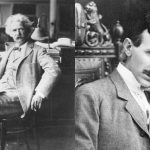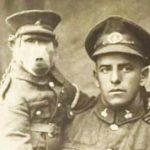Remember the days of pinsetters, rat-catchers, and ice cutters? While robots are taking over jobs today, many professions have already vanished as society and technology advanced.
Modern bowling alleys now use machines to reset pins, making pinsetters unnecessary. Proper refrigeration has eliminated the need for ice cutters, once a cool job.
Read on through some once-common occupations from way back when that no longer exist.
1. Knocker-uppers

Before alarm clocks, people hired others to wake them up in the morning. Known as “Human Alarm Clocks” or “Knocker Uppers,” these workers played a vital role in the 1800s.
They used long poles to tap on windows or even shot peas at the glass to rouse their employers.
Though it might seem unnecessary now, people back then also needed to wake up on time for important meetings or appointments. Imagine having to pay someone to wake you up every morning!
2. Pinsetters
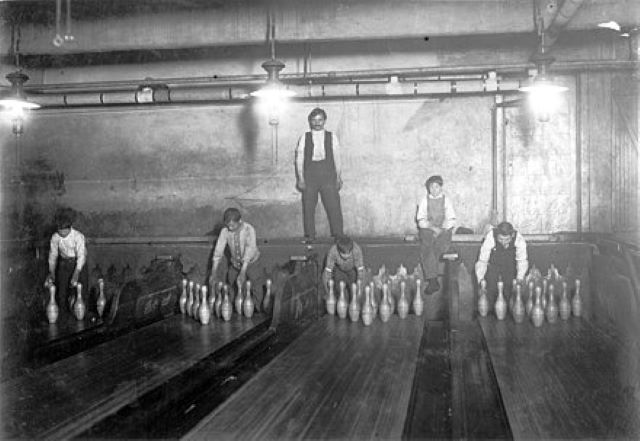
If you’ve ever stepped into a bowling alley, the rhythmic clatter of pins being reset after each roll is a familiar sound. But before the era of sleek automatic pinsetters, this task was in the hands of human pinsetters—often children.
Picture this: young workers perched at the end of each lane, swiftly clearing and arranging pins between every turn. It was a job both tedious and risky, where flying pins and stray balls posed constant hazards.
The year 1956 marked a game-changing moment when the Brunswick Company introduced the first automatic pinsetters. This innovation streamlined the bowling experience. Automatic pinsetters revolutionized the industry, but it also put many manual laborers out of work.
While today, such a job would raise eyebrows due to child labor laws, back then, it was a different era with different norms and challenges.
3. Ice Cutters
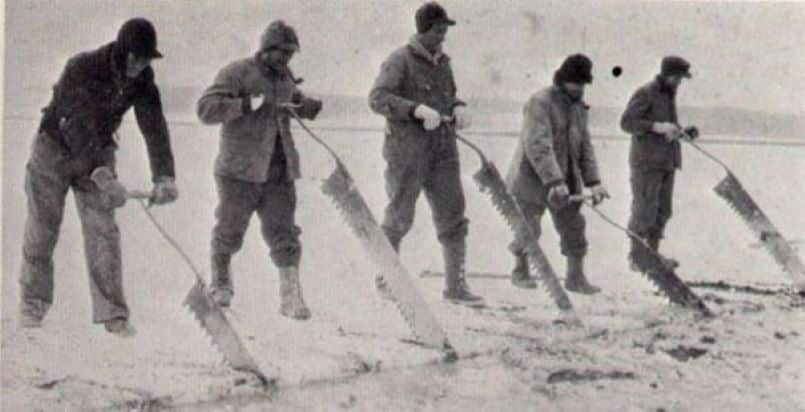
Did you know that ice cutting used to be a thriving industry in North America and Europe?
During winter months, ice cutters braved the cold to harvest tons of ice from lakes and rivers. These ice blocks were meticulously stored in insulated ice houses packed with hay, waiting to be distributed in towns and cities during sweltering summer months.
In the late 19th century, the ice trade employed a staggering 90,000 people in the United States alone. This profession was not without its risks; ice cutters used large saws to carve out the ice blocks, a physically demanding and perilous task.

However, with the widespread adoption of modern refrigeration by the 1920s, the need for natural ice dwindled rapidly. The advent of electric refrigerators changed how we store food, rendering the ice-cutting profession obsolete.
Reflecting on these practices underscores how drastically our society has evolved in a relatively short span of time.
4. Iceman/woman
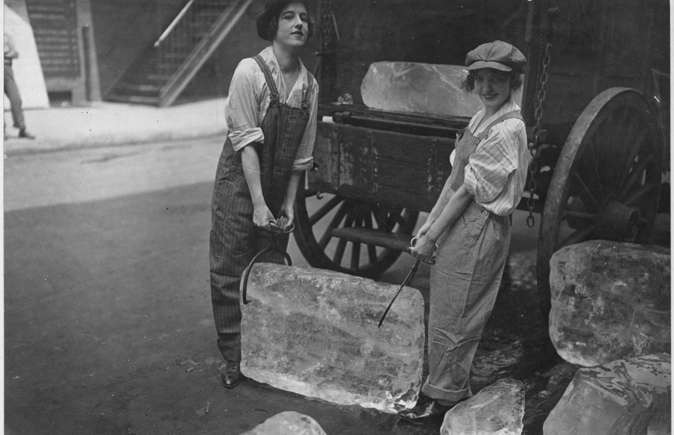
Ice cutters harvested ice, but it was the icemen—and occasionally ice women—who delivered these precious blocks to homes and businesses.
A fascinating photo from World War I-era New York captures this bygone profession in action. The ice trade saw a significant decline shortly after the war and had nearly vanished by the 1950s.
Yet, even in the age of modern refrigeration, ice delivery continues to thrive in Amish communities, where traditional lifestyles shun electricity.
5. Rat Catchers
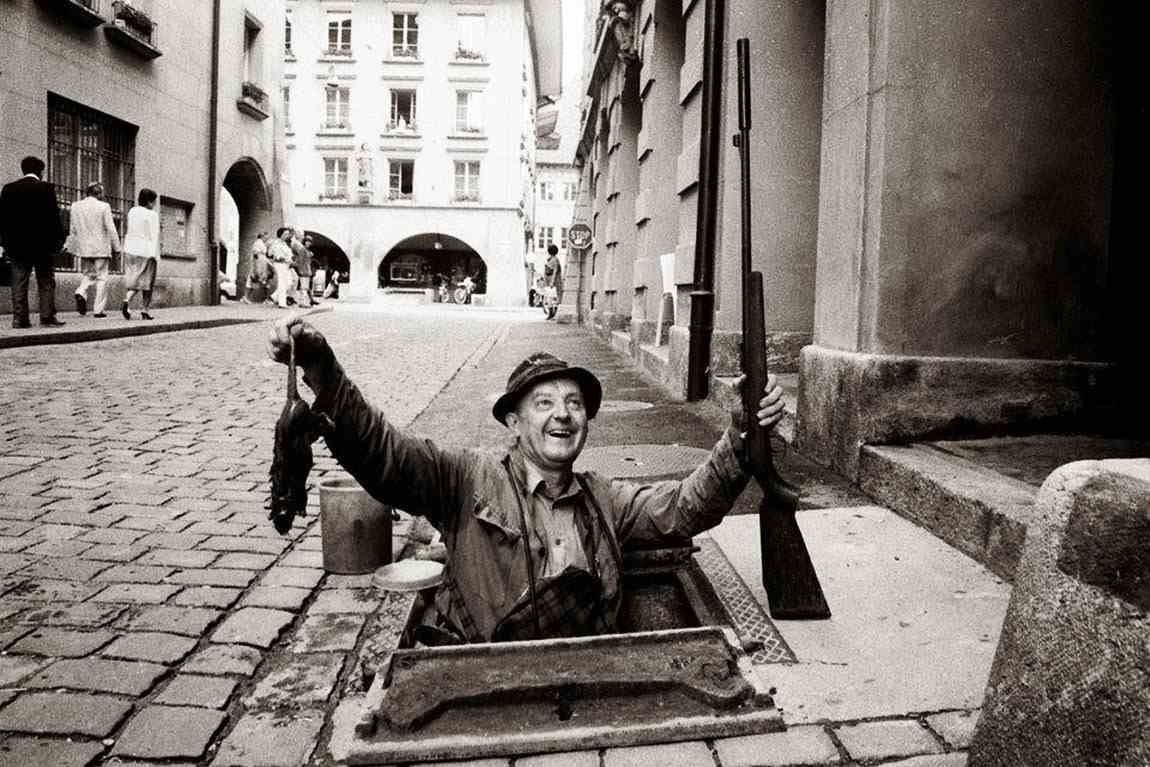
Rat catching was once a common and somewhat mythical profession in Europe, especially during the Black Plague when rats overran cities.
Rat catchers used ferrets, terrier dogs, poison, and traps to combat these pests in villages, towns, and cities.
They would capture or shoot the rats and deliver them to the authorities, sometimes even handling their disposal. However, they were often suspected of secretly releasing rats to ensure a steady demand for their services.
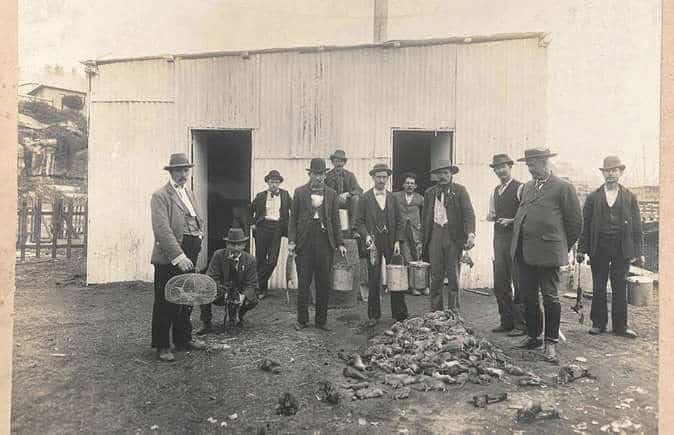
This job, however, came with significant health risks, as contact with rats exposed them to various diseases.
Today, modern pest control technicians have taken over this role, utilizing advanced methods such as rodenticides. With these innovations, the once-essential profession of rat catching has faded into history.
6. Leech Collectors
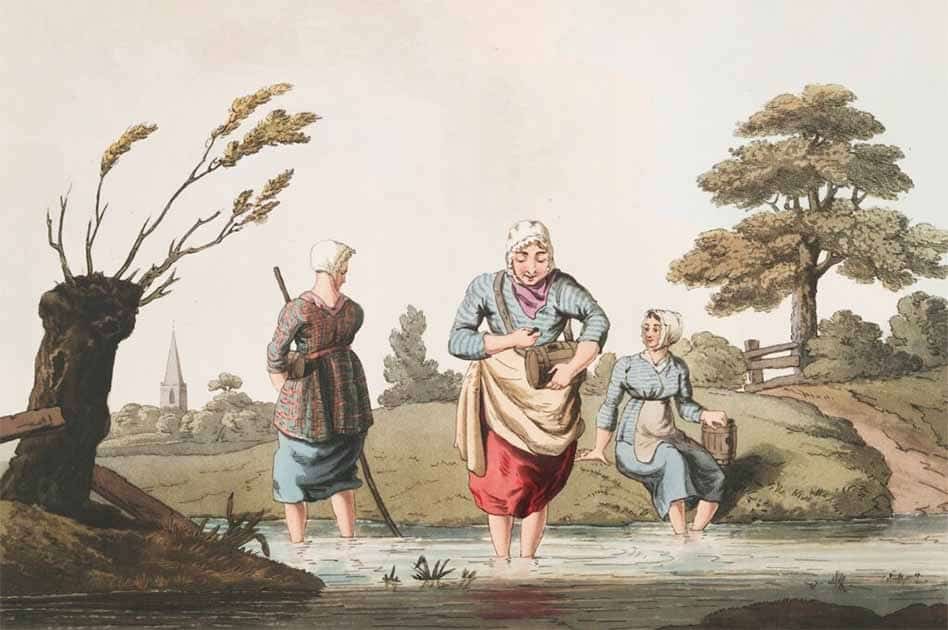
Before modern medicine, doctors often used leeches in a treatment called bloodletting. They believed it could cure various ailments by extracting blood from patients.
Despite its perceived strangeness, leeches were highly sought after by physicians, leading to the existence of dedicated “leech collectors.”
These individuals ventured into swamps and marshes to gather leeches, using methods like placing old horses—whose warmth attracted the leeches—or even their own bodies as bait.
Wading through swamps and letting leeches attach to you was a tough and unpleasant job. Can you picture doing this for a living?
7. Lamplighters
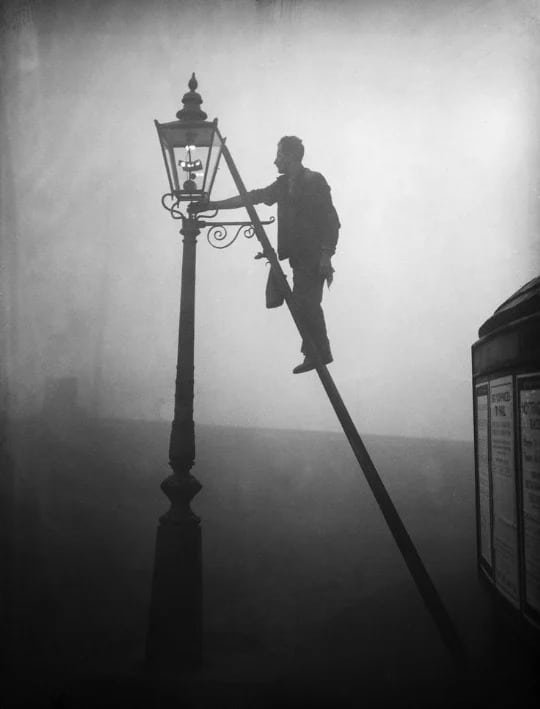
Just like modern electric streetlights, it was once the duty of lamplighters to light the streets at night. With a long pole topped with a wick, lamplighters would ignite the oil or candles in street lamps each evening and return to snuff them out in the morning.
The need for lamplighters began to wane with the introduction of gas lamps in Europe in 1814, and their decline accelerated with Thomas Edison’s invention of the incandescent light bulb in 1879. By the early 1900s, the profession had become virtually extinct.
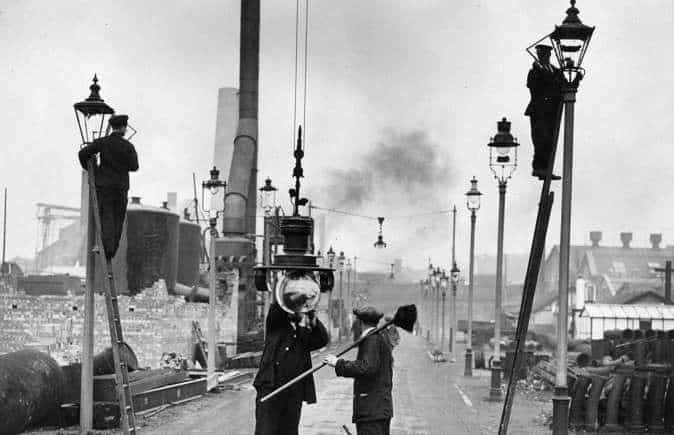
The role of lamplighters started to diminish with the advent of gas lamps in Europe in 1814, and their decline sped up with Thomas Edison’s invention of the incandescent light bulb in 1879. By the early 1900s, the profession had nearly disappeared.
8. Caddy Butcher
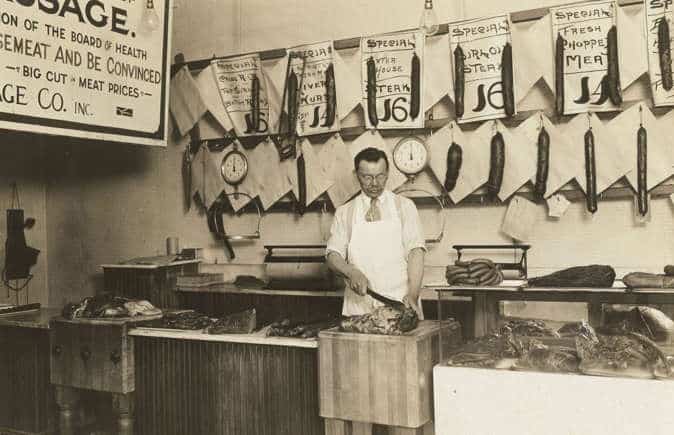
Caddy butchers were once known for specializing in horsemeat, which surprisingly had a significant following in the UK and US until the 1940s.
It was often seen as a cheaper and less prestigious option compared to beef or venison. However, attitudes towards consuming horse meat shifted drastically over time, and it has since become entirely taboo in English-speaking countries.
Today, finding horse meat for sale is nearly impossible in these regions, reflecting a major cultural shift in dietary preferences and ethical considerations.
9. Human Computers
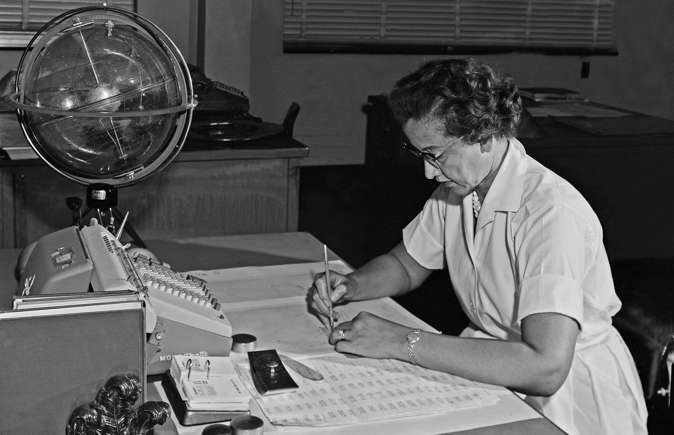
Before electronic computers took over, “human computers” played a crucial role in performing complex calculations for scientific, research, and technology organizations. Women frequently held these roles due to their reputed accuracy with repetitive tasks.
They worked meticulously on graph paper to solve mathematical problems, which could sometimes take up to a week. For example, at NASA, human computers calculated the precise number of rockets needed to launch a plane.
While it might sound like the plot of a science fiction movie, there was indeed a time when organizations relied on people to perform calculations now handled by machines. However, the demand for human computers quickly declined with the advent of electronic computers in the 1970s.
It’s truly astonishing to think that manually computing complex equations was once a common job.
10. Cigarette Girls
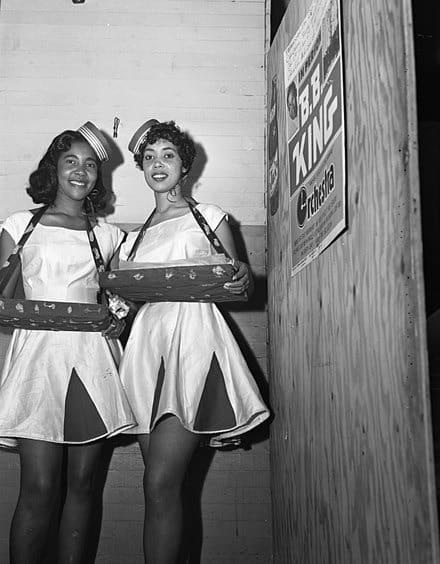
In early 20th-century America, cigarette girls were a familiar sight in bars and clubs. These women, often dressed in revealing outfits, would walk around smoking establishments, selling cigarettes from a box slung around their necks.
Their role was beyond mere sales; they also served as a form of eye candy, adding to the allure and ambiance of the venues. However, their profession began to decline in the mid-1900s with the introduction of self-service cigarette machines.
By the late 1900s, the era of cigarette girls had ended, closing a distinctive chapter in American nightlife.
11. Factory Lectors
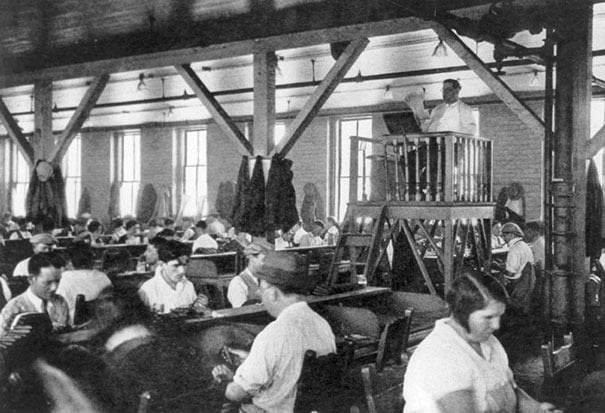
From the late 1800s, Cuban cigar factories had a unique tradition of employing lectors to read to workers while they rolled cigars. This practice extended to the US in the early 20th century. In these factories, workers would pool their funds to hire a lector.
Perched on an elevated platform, the lector would read aloud so everyone in the factory could hear. These readings weren’t just for entertainment; they often included left-leaning or union publications, subtly fostering a sense of solidarity and awareness among the laborers.
However, in 1931, factory owners banned lectors due to concerns that they were spreading communist and anarchist ideas, bringing an end to this distinctive practice.
12. Lift Attendants

During the first half of the 20th century, elevators, or lifts, relied on human operators for manual control. However, from the 1930s onward, automatic elevators started replacing these manual models. Today, this occupation survives only as a luxury novelty in a few high-end department stores and apartment buildings.
13. Used teeth salesman
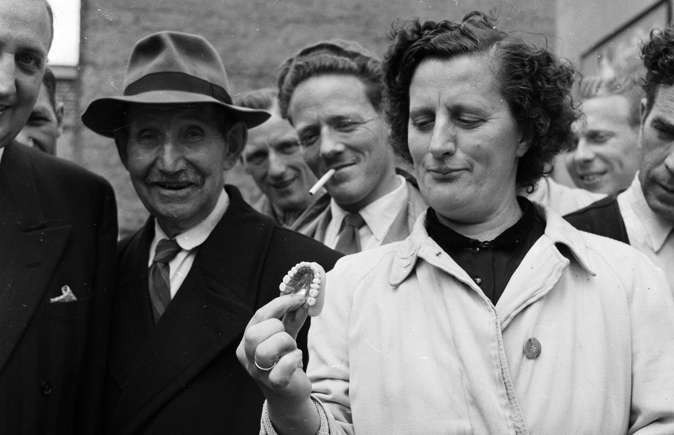
For much of the 20th century, access to quality dental care was scarce, especially in Europe. Many people unable to afford dental visits bought second-hand dentures when their teeth decayed.
The establishment of the NHS in 1948 ended this practice in the UK, though it continued in other parts of Europe for some time.
14. Telegraph Boy
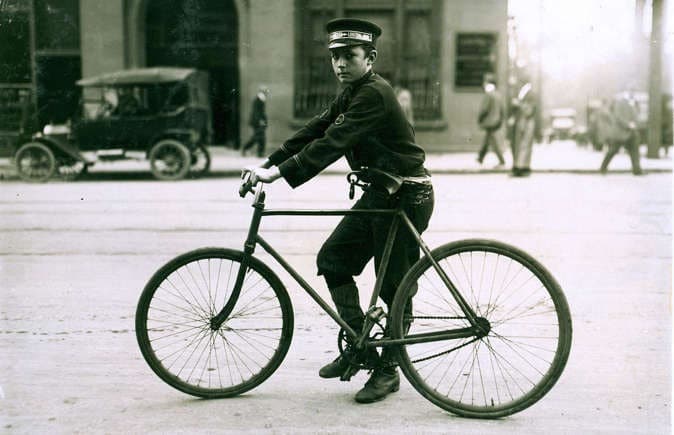
In Europe and North America, telegraph or telegram boys were hired to deliver messages that were sent or received at post offices or telegraph companies such as Western Union.
These boys, typically in their mid-to-late teens, delivered messages on foot, by bicycle, and later on motorcycles. This practice continued in some parts of the UK until the 1970s.
15. Whale Meat Seller
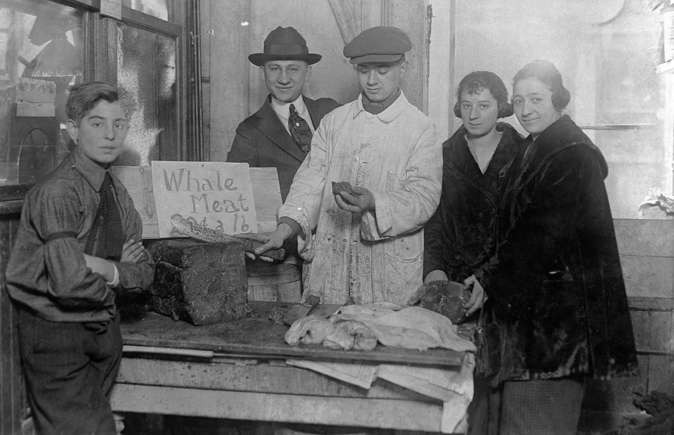
Nowadays, you won’t find New Yorkers regularly eating whale meat, but this delicacy was once enjoyed as an affordable treat by the city’s less fortunate. As New Yorkers became more prosperous, whale meat fell out of favor, and the trade, at least in the US.

